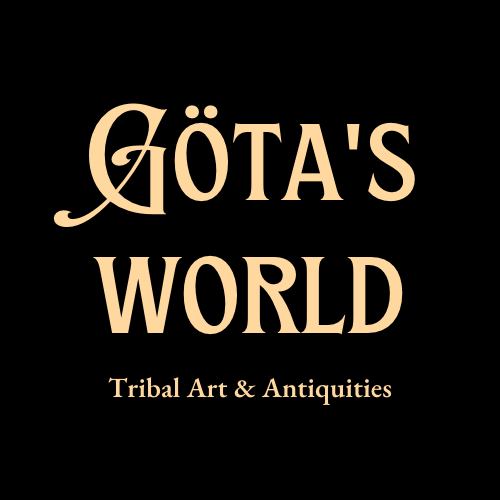Ming Dynasty Sancai Glazed Pottery Sedan Chair or Palanquin
Ming Dynasty Sancai Glazed Pottery Sedan Chair or Palanquin
Couldn't load pickup availability
Ming Dynasty, c. 1550–1644, China
This breathtaking mingqi (spirit good) is a pottery model of a sedan chair or palanquin, designed to accompany the deceased in burial as a symbol of aristocratic status and privilege. Crafted from terracotta and adorned with vibrant sancai (three-color) glazes in black, bright ochre, and green, this piece showcases the opulence and artistry of the Ming dynasty.
The palanquin features a meticulously designed everted flange roof crowned with a lotus bud-shaped ornament, symbolizing purity and nobility. Its sides and rear are adorned with intricately hatched screens, while the open-front façade reveals a stepped seat, emphasizing both its ceremonial and utilitarian aspects. Such palanquins were used as luxurious transport for the Chinese elite, a practice reflected in this burial offering meant to serve the deceased in the afterlife. The Ming dynasty (1368–1644) revitalized the ancient tradition of mingqi, which originated in the Han dynasty and evolved through the Tang dynasty. These spirit goods were crafted to reflect the earthly life and status of the deceased, ranging from everyday items to representations of servants, musicians, animals, and transportation like this palanquin. Tombs of the era often featured grand assemblages of glazed and unglazed terracotta figures, showcasing the rank and wealth of the buried individual.
The sancai glazing technique, characterized by its vivid green, amber, and cream hues, was developed to mimic the appearance of costlier bronze and jade artifacts. The Ming artisans mastered this medium, creating works of both utility and artistry that endure as timeless representations of their cultural and spiritual significance. This rare and captivating palanquin model not only reflects the technical and artistic excellence of the Ming dynasty but also provides a vivid glimpse into the ceremonial practices and societal hierarchy of ancient China.
Excellent condition. Intact. Age-related wear and abrasion. Fritting and glazing flaws. Size approx. 32,5cm x 14,5cm x 14,0cm.
Provenance: Danish private collection
For a similar example see:
Model of sedan chair, Asian Civilisations Museum, National Heritage Board, Singapore, Accession Number: 1993-00112 (https://www.roots.gov.sg/en/collection-landing/listing/1063026)
References and further reading:
The Matter of Tang Tomb Figures; A New Perspective on a Group of Terracotta Animals and Riders, Lucien Van Valen & Isabelle Garachon, The Rijksmuseum Bulletin, Volume 62. pp. 218-239, 2014.
Dream of Ideal Life in Ancient China: Ceramic Miniatures of Architectures, Household Goods, People and Animals, Aichi.ken Toji Shiryokan, Seto, 2005, no. 14, p. 34.
Antecedents of Sui-Tang Burial Practices in Shaanxi, Mary Fong, Artibus Asiae 51, no:s. 3–4 (1991), pp. 147–98.
Mingqi - Items for the next world, Jan-Erik Nilsson, Gotheborg.com (https://gotheborg.com/glossary/mingqi.shtml)
Immortality of the Spirit: Chinese Funerary Art from the Han and Tang Dynasties Exhibition Catalogue, Jill J. Deupi, Ive Covaci & Leopold Swergold, Immortality of the Spirit - Ephemera. 1, Fairfield University, 2012. (https://digitalcommons.fairfield.edu/immortality_ephemera/1)
The Vibrant Role of Mingqi in Early Chinese Burials, Heilbrunn Timeline of Art History, Heather Colburn Clydesdale, Independent Scholar, The Metropolitan Museum of Art, April 2009. (www.metmuseum.org/toah/hd/mgqi/hd_mgqi.htm)
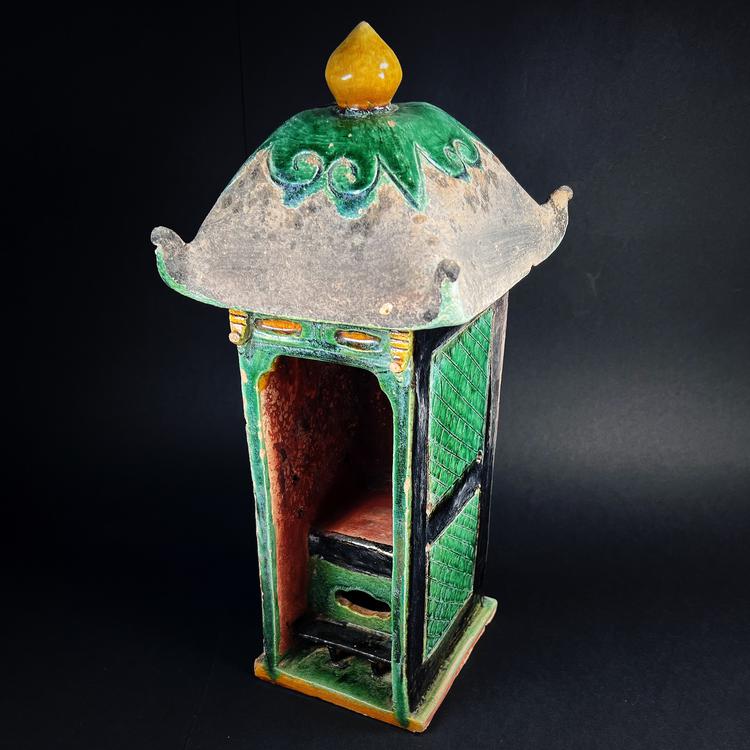
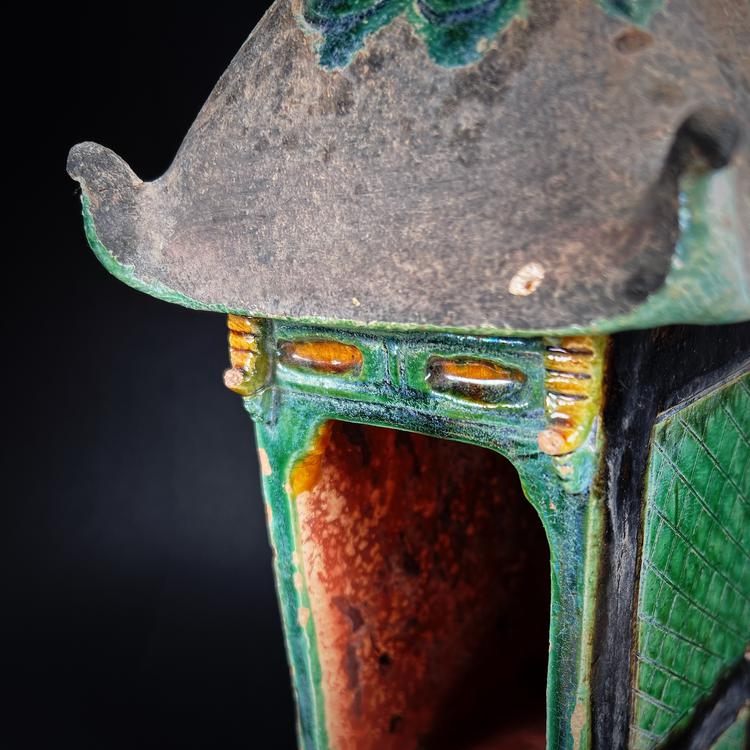
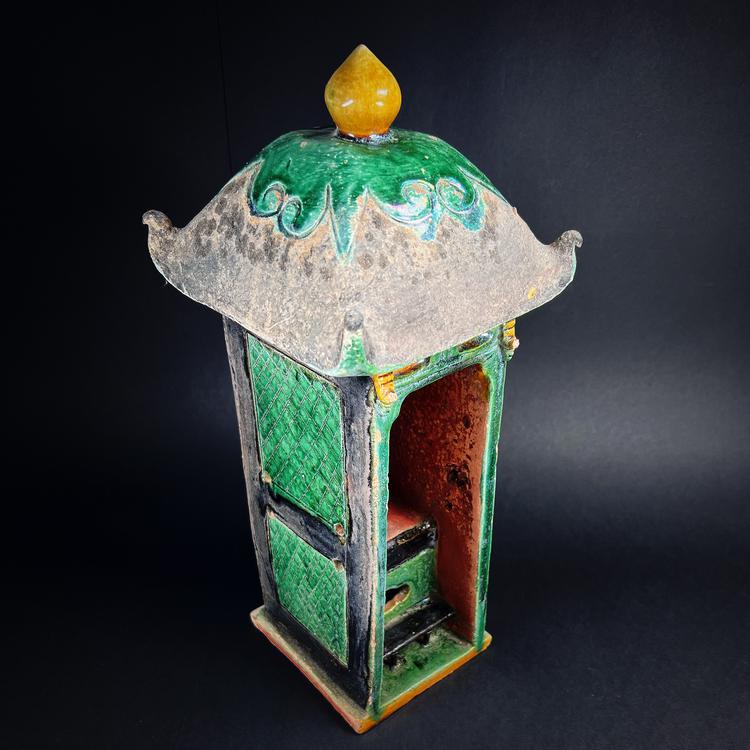
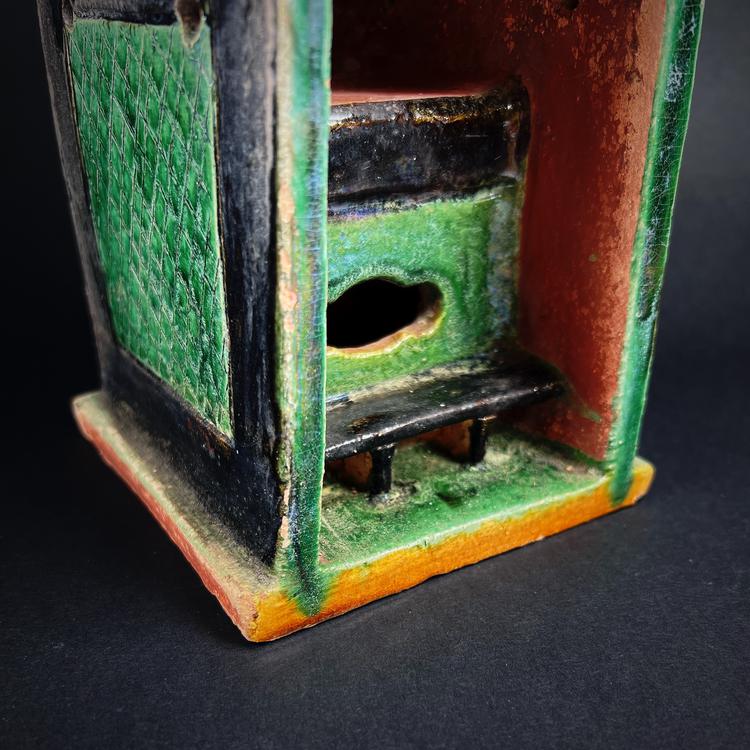
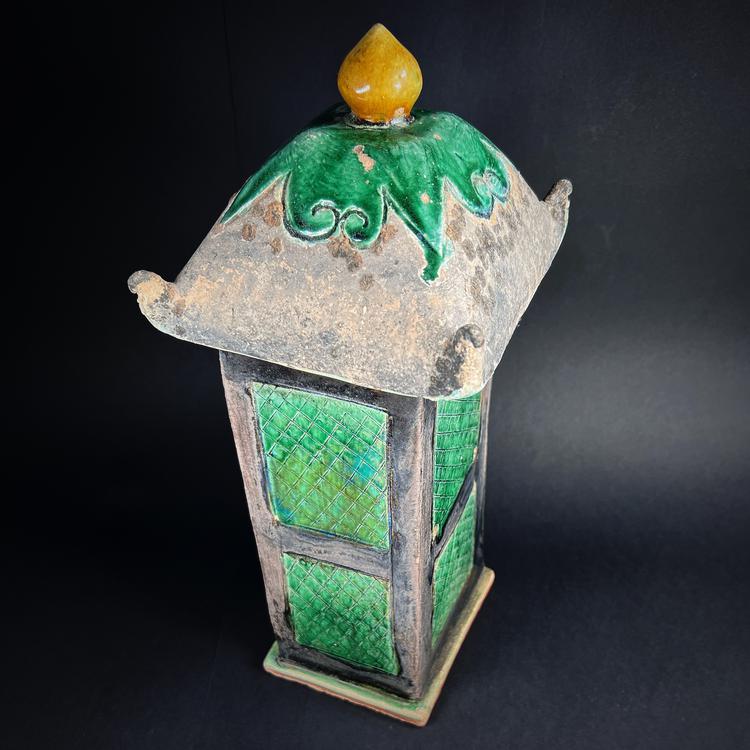
-
Shipping
The shipment will be prepared in the course of 3-5 days and dispatched via Posti Group Oyj or purchased item(s) can be picked up from our shop during the store's opening hours (Tarkk’ampujankatu 4, 00140, Helsinki, Finland). Within the Finland, all items are shipped via Posti Group Oyj unless otherwise requested. We pack the items carefully and mainly in recycled materials because we want to save nature. You will receive the tracking number for your items by e-mail.
-
Returns
Returns and exchange will be accepted within fourteen days (14) of receipt at the purchaser’s cost to include freight and packaging. Items must be returned in the same condition as when they were shipped, and will not be accepted if damaged or altered in any way. Please inform us via email (info@gotanmaailma.fi) or by calling +358408408352 before sending. We do not accept returns more than 14 days after delivery.
